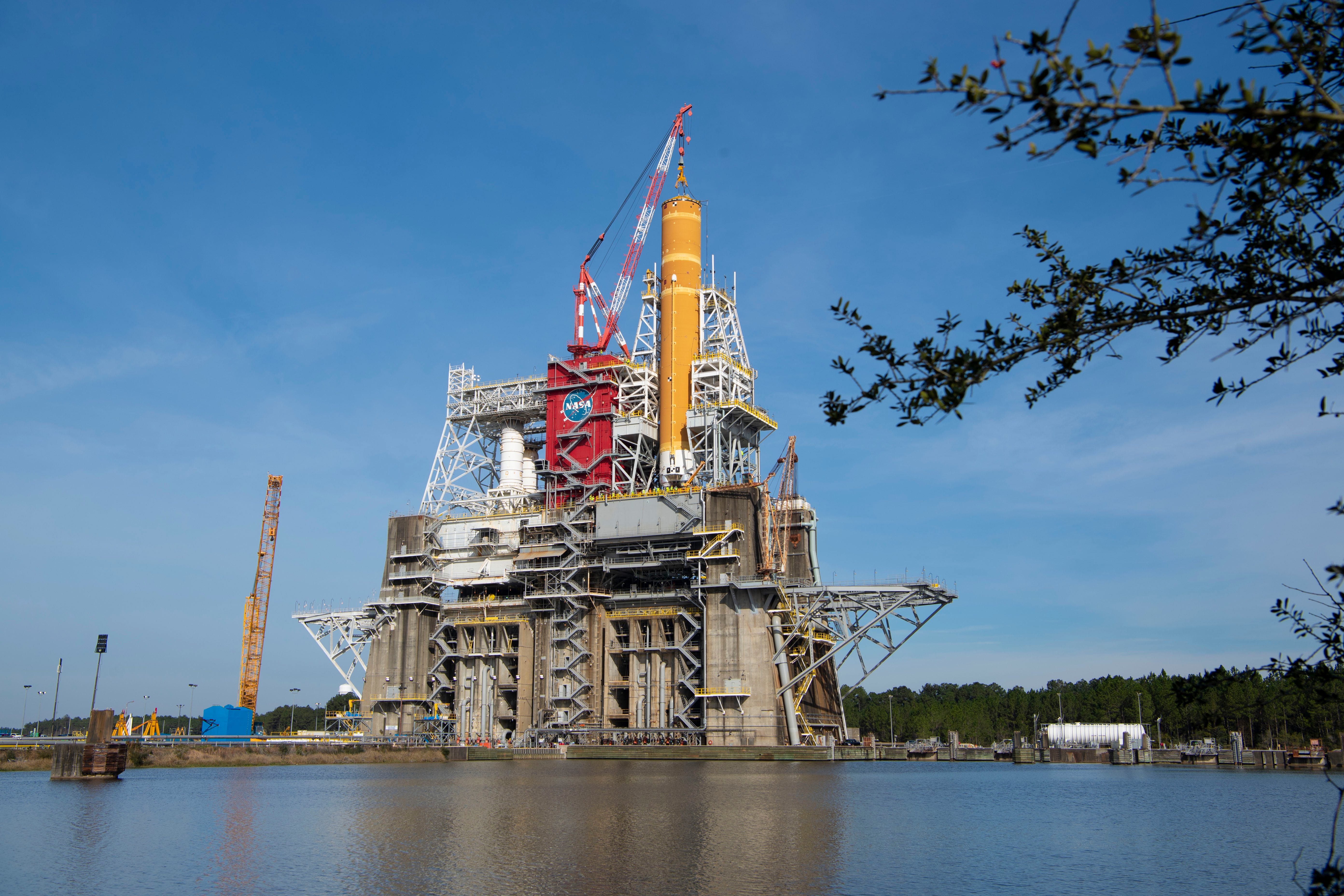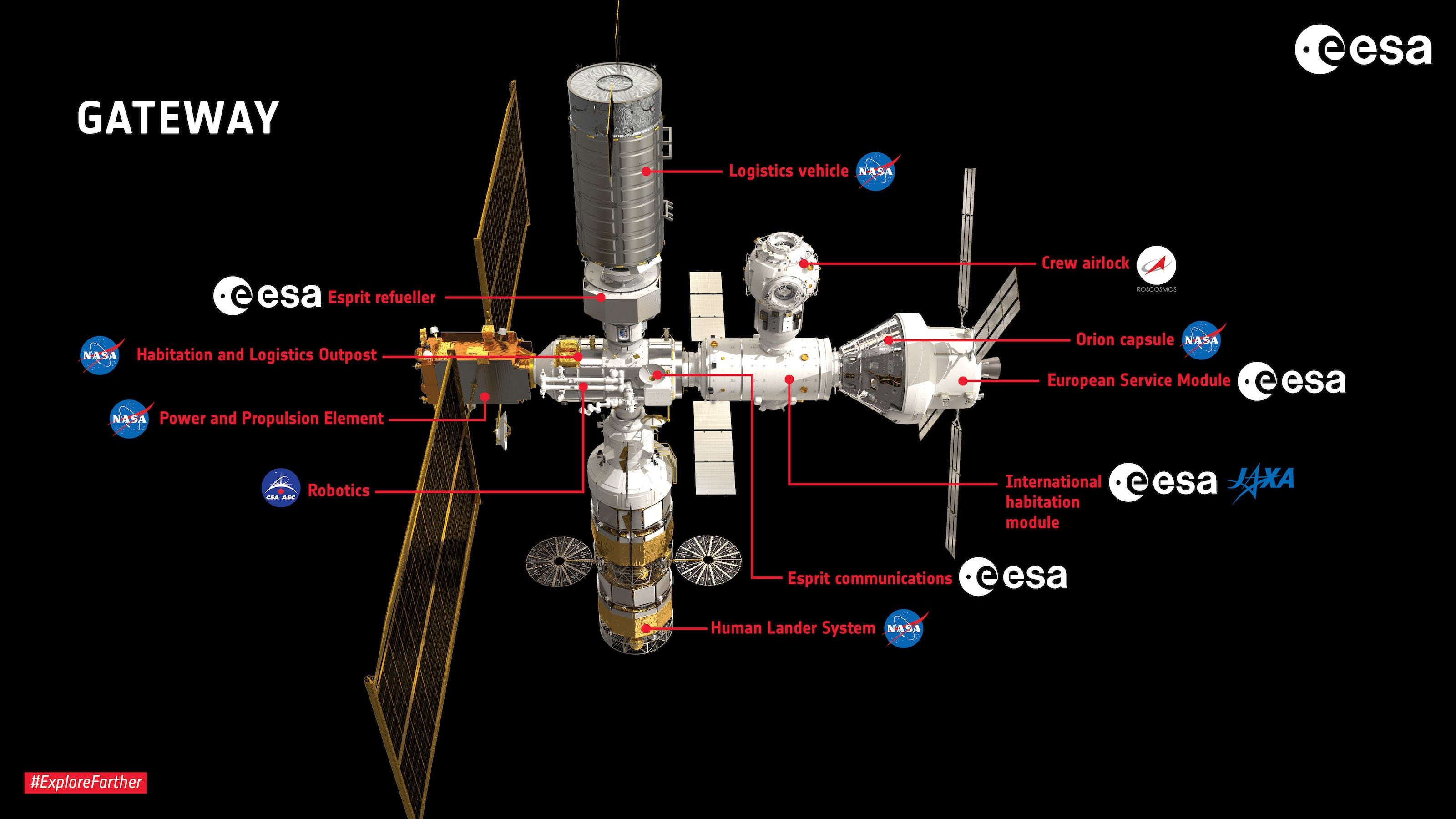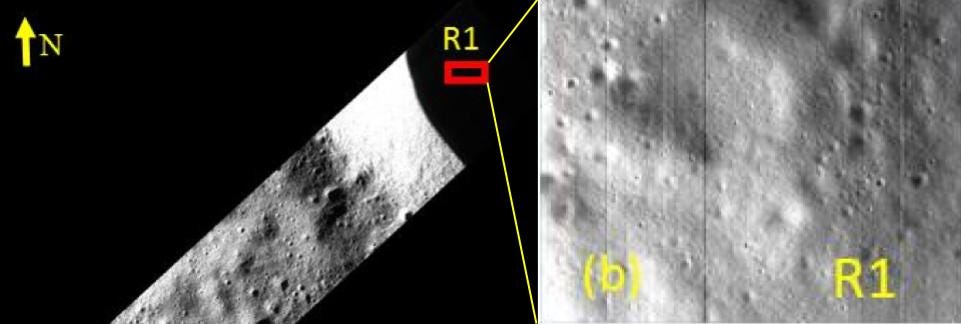Moon Monday Issue #9
SLS hot fire test on January 17, key NASA tech payloads on CLPS landers, a seismically active Moon, and more developments in the lunar space.
Highlight

NASA and Boeing engineers identified that the wet dress rehearsal of SLS rocket’s core stage on December 20 halted a few minutes earlier than expected due to an abrupt valve closure. The team has corrected the valve timing and is proceeding with the final test of the Green Run series on January 17––hot fire all four engines of the rocket’s core stage. With the test coming in at least a month later than planned, the Artemis I mission is on a tight schedule to meet the November 2021 target launch date.
Exploration
ESA signed a $362 million contract with Thales Alenia Space on January 7 to build two modules for the NASA-led lunar Gateway space station. The Halo Lunar Communication System (HLCS), launching in 2024, will provide the Gateway with data, voice and video communication capabilities. The ESPRIT Refueling Module (ERM), launching in 2026, will enable the Gateway to transfer propellants from visiting spacecraft to maintain its lunar orbit, and refuel robotic and human vehicles transiting to the lunar surface.

As part of its CLPS program, NASA is sending four stereo cameras onboard Intuitive Machines’ first CLPS flight in October 2021. These cameras, which borrow tech from the agency’s Mars 2020 rover, will be attached at the base of Intuitive Machines’ lander. During the spacecraft’s descent, the cameras will capture video and still images of the engine’s plume just as it starts to impact the lunar surface and until after the engine shuts off. NASA will use this data to evaluate how close successive landing missions can be to each other in a given area of interest. An advanced version of the payload with two additional cameras will fly on another CLPS lander in 2023.
Last month, ISRO released data from their Chandrayaan 2 Moon orbiter, which includes images from the Orbiter High Resolution Camera, the sharpest lunar imager ever sent. For some reason, ISRO has only released three images from the instrument. Scott Manley posted a video where he pans across these images and compares it to LRO. Andrea Battisti has put up the images on his website for anyone to explore. The image from August does show the orbiter’s intended best resolution of 0.25 meters/pixel, which is twice that of NASA’s LRO. Andrea has also put in a brightness slider which you can slide all the way up to see reflected light from shadowed craters, which the Chandrayaan 2 orbiter is sensitive enough to pick up.

Via NASA’s Space Communications and Navigation program, the agency is working on extending the use of the Global Navigation Satellite System (GNSS) all the way to the Moon. By augmenting Earth-based navigation, GNSS will allow lunar spacecraft to be more autonomous and responsive. The main blocker to using GNSS at the Moon has been the weakness of signals, which NASA simulations now find can be solved by adding higher-gain antennas on the lunar spacecraft and using signals from multiple GNSS services. NASA and the Italian Space Agency will test such a system with the Lunar GNSS Receiver Experiment, which will fly on one of NASA’s CLPS missions in 2023. Related: Paper presenting the results of numerical simulations for a Single-Frequency receiver on a spacecraft in the Earth-Moon L2 Halo orbit, using both GPS and Galileo as a navigation service.
Science
By analyzing over 6,000 fallen boulders on the floor and walls of the 930-kilometer-wide Orientale basin on the Moon’s farside, scientists have determined that the region is seismically active. Shallow moonquakes occurring over the last 30 million years, but a small geological instance, have been responsible for many of these fallen boulders.

The Lunar Surface Science Workshop’s first session of the year is on the theme of space biology, and is scheduled for January 20-21. NASA will inform the community about their plans for lunar surface science activities, and solicit input on new research that could be enabled by CLPS and Artemis human landing missions. Register by January 18 to attend the online session.
The Chang’e 4 landing site in the 180-kilometer-diameter Von Kármán crater on the Moon’s farside has a complex, layered history. Detailed crater size-frequency distribution and spectral measurements of the crater and the surrounding region reveal that while the crater itself is 4.2 billion years old, the layers on top comprising ejecta from nearby craters and volcanic material range between 3.1 to 3.5 billion years old.
More Moon
Dr. James Head of Brown University appeared on the Space Economy podcast to discuss a way forward to maximize Artemis science. I’ve had the honor of working with Dr. Head briefly and this was a good recollection of his rigor and passion for planetary science. :)
An article on increasingly complex Moon mountains and what we can learn from surface missions to each type. By yours truly.
Like my work? Support me.
